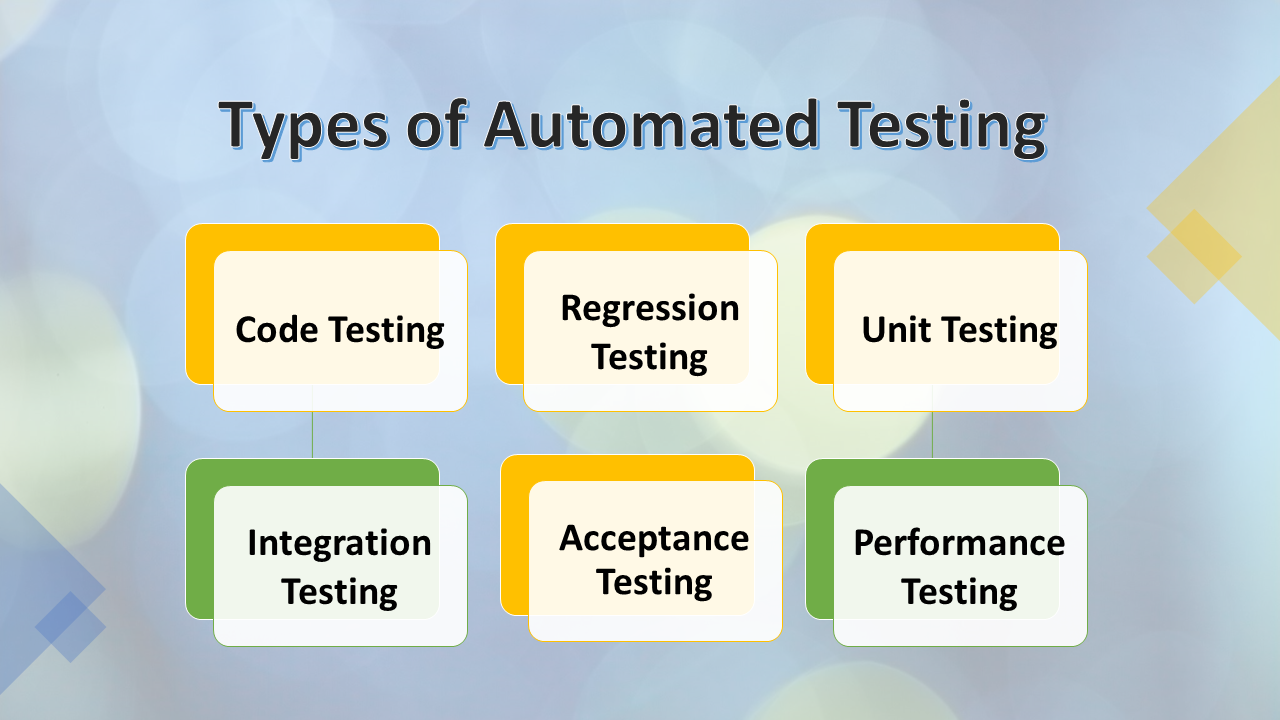From Handbook to Automated Testing: A Comprehensive Guide to Transitioning Smoothly and Effectively
In the realm of software testing, the change from guidebook to automated procedures has come to be a significantly crucial shift for organizations seeking to boost performance and precision in their testing practices. As technology remains to advance, the demand for smooth and efficient computerized screening methods has never ever been extra pressing. The journey from handbook to automated testing is not without its obstacles, however when approached strategically and with a clear strategy in mind, the benefits can be substantial - automation testing. In this extensive guide, we will certainly discover key actions and factors to consider vital for a successful change, from the preliminary option of tools to the integration of automation right into existing workflows. Keep tuned to discover the understandings that will aid lead the way for a smoother and much more efficient testing procedure.
Benefits of Automated Examining
Automated testing uses numerous advantages, boosting performance and accuracy in software program development procedures. One key benefit is the considerable decrease in screening time. Automated examinations can be run all at once on multiple devices and operating systems, substantially speeding up the testing phase contrasted to hands-on screening. This increased effectiveness enables faster responses on the quality of the software, enabling programmers to identify and deal with issues immediately.
Furthermore, automated screening makes sure a higher degree of precision in discovering defects. Uniformity in testing is also boosted, as automated tests execute the very same actions exactly each time they are run.
Selecting the Right Devices

First of all, evaluate your objectives and needs. Recognize the range of your job, the innovations involved, and the skill collection of your group. This analysis will aid you establish the functions and abilities you need in your testing tools.
Second of all, think about the compatibility of the tools with your existing systems and processes. Seamless integration with your existing software application development lifecycle is necessary to ensure a smooth change to automation.
Furthermore, evaluate the scalability and adaptability of the tools. As your screening needs evolve, the devices ought to have the ability to adapt and suit modifications effectively.
Finally, element in the assistance and community around the devices. When carrying out automated screening, robust assistance and an active individual community can supply useful resources and help. By carefully thinking about these aspects, you can choose the right devices that align with your demands and established the stage for a successful change to go to the website automated testing.
Composing Reliable Examination Scripts

When crafting examination scripts, it is essential to think about the specific demands of the software being checked and ensure that the scripts resolve all vital functionalities. Detailed and clear naming conventions for test manuscripts and test situations can boost readability and maintainability. Additionally, integrating mistake handling mechanisms within the examination manuscripts can help in determining and resolving issues immediately.
In addition, organizing test manuscripts right into modular parts can improve reusability and scalability, minimizing redundancy and boosting efficiency in test script upkeep. Normal reviews and updates to test manuscripts are vital to equal advancing software demands and performances. By adhering to these concepts, testers can develop effective and durable examination scripts that contribute substantially to the success of automated screening procedures.
Integrating Automation Into Workflows
By perfectly incorporating automated testing devices like Selenium or Appium right into the software application development lifecycle, teams can attain faster comments on code changes, leading to quicker insect detection and resolution. This combination permits for constant screening throughout the development process, ensuring that any click to read type of concerns are identified early on, resulting in higher software program quality. Appropriate assimilation look at these guys of automation devices calls for collaboration in between growth, testing, and operations groups to develop a unified workflow that enhances effectiveness and performance in delivering top notch software items.
Making Sure a Smooth Change
Successfully transitioning to automated screening entails thorough planning and cautious execution to take full advantage of and lessen interruptions effectiveness in the software program development procedure - automation testing. To guarantee a smooth transition, it is important to begin by conducting a thorough evaluation of the existing testing processes and recognizing locations where automation can bring the most significant advantages. Engaging with all stakeholders early in the procedure, consisting of designers, testers, and project supervisors, is essential for garnering support and buy-in for the automation initiative
Interaction is vital throughout this shift phase. Clear communication of the objectives, advantages, and assumptions of automated testing helps to manage any resistance or problems that might develop. Furthermore, offering sufficient training and resources for employee to upskill in automation tools and techniques is important for guaranteeing a successful change.

Conclusion
In conclusion, transitioning from handbook to automated testing provides various advantages, consisting of enhanced effectiveness and dependability. By selecting the appropriate tools, writing effective test scripts, and incorporating automation flawlessly right into operations, companies can guarantee a effective and smooth shift. It is necessary to accept automation as a useful possession in software application testing procedures to boost general high quality and productivity.
In the realm of software program screening, the shift from handbook to automated procedures has come to be a progressively crucial shift for organizations looking for to improve effectiveness and accuracy in their screening methods. Automated tests can be run simultaneously on numerous gadgets and running systems, dramatically speeding up the testing phase contrasted to manual screening. Consistency in testing is likewise improved, as automated examinations carry out the same actions precisely each time they are run.To make certain the effective implementation of picked screening tools, the production of effective examination scripts plays an essential function in confirming the performance and efficiency of automated processes - automation testing. By adhering to these principles, testers can develop effective and durable test manuscripts that contribute substantially to the success of automated testing processes